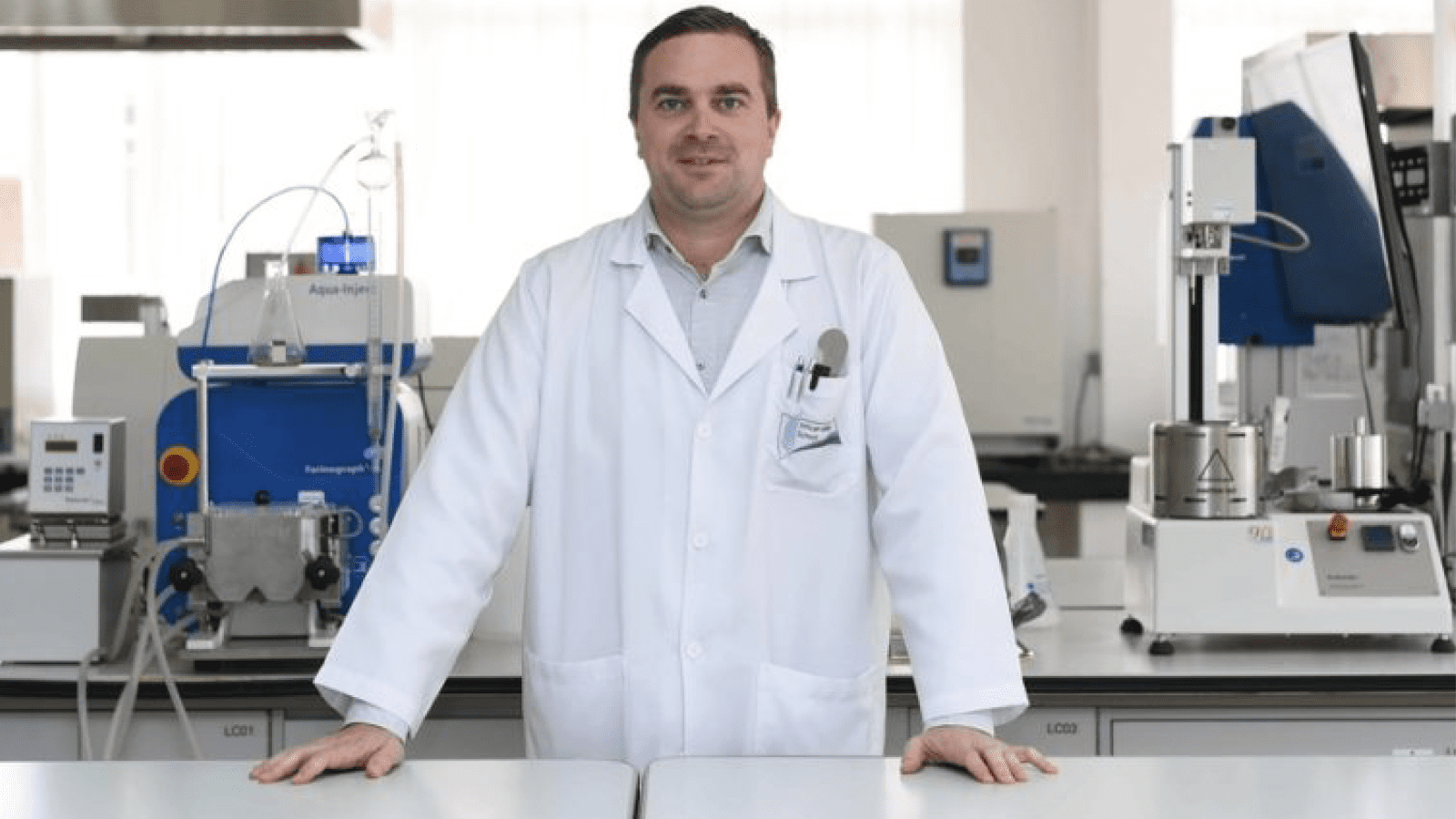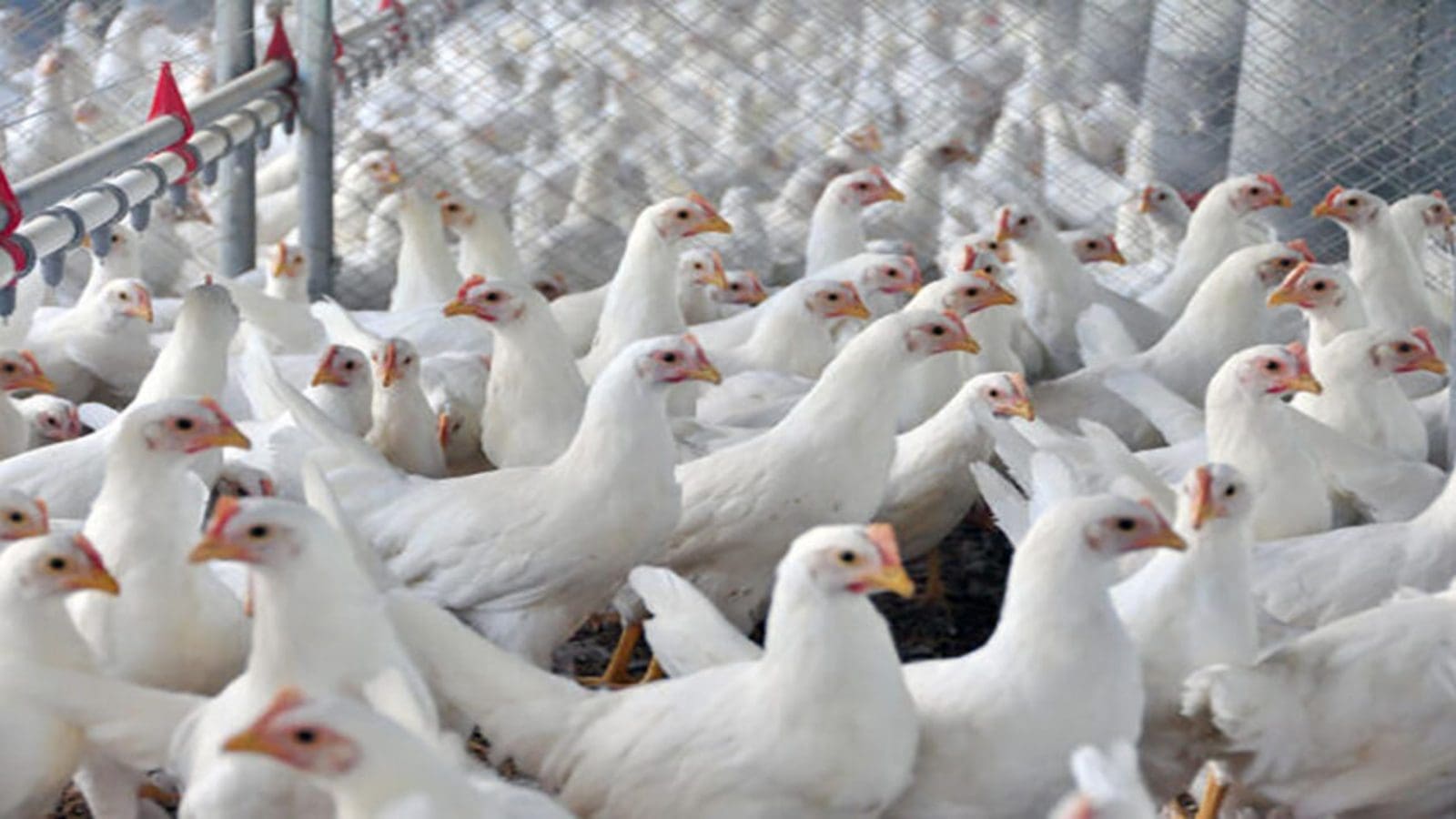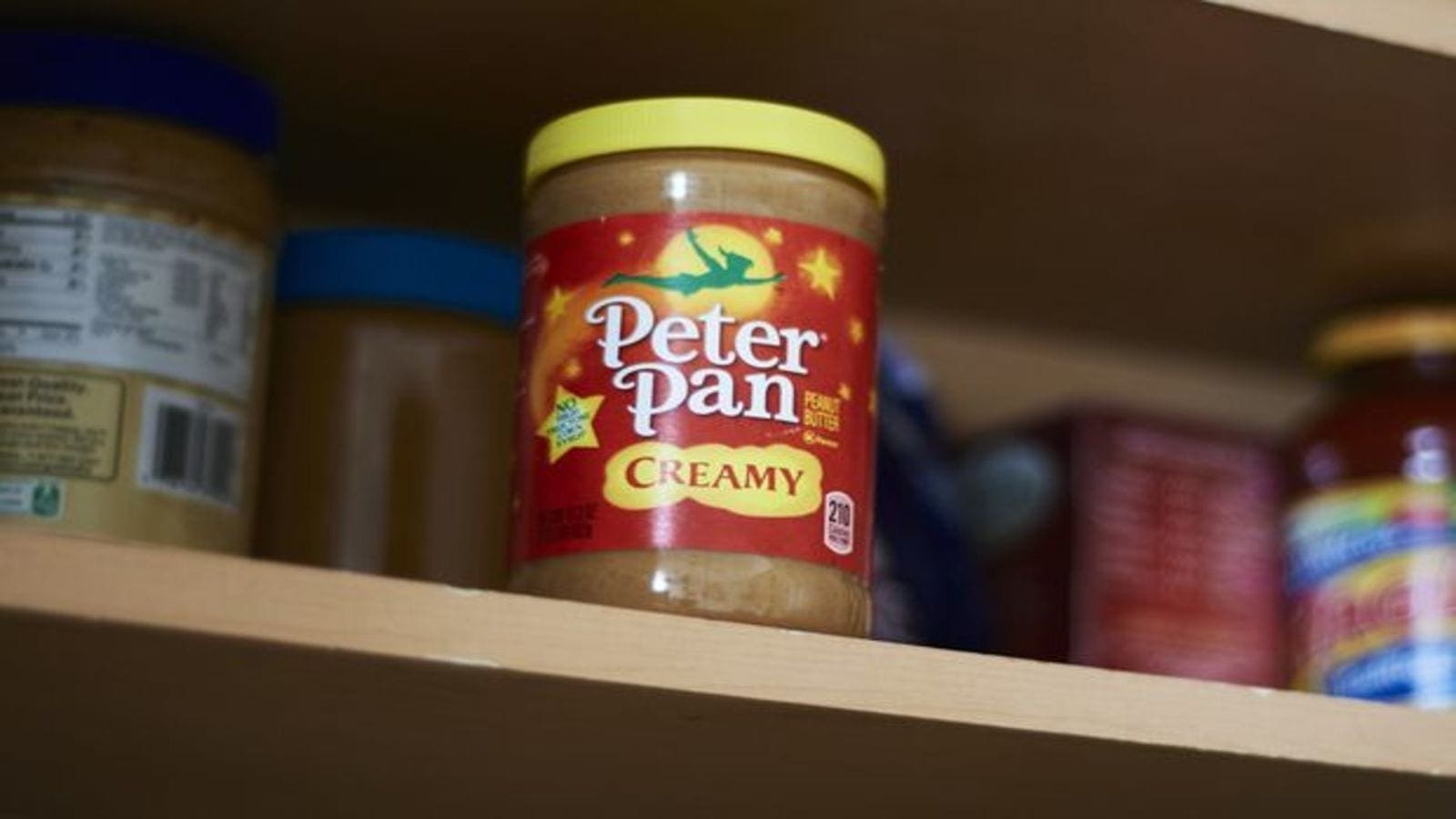Give us a brief history and relevance of the African Milling School
We started this project 5 years ago. The aim was to bring millers in the region to operational excellence, because milling is not just having these beautiful machines around it; milling is all about adjusting the equipment and bringing the maximum out of grains; whether it’s wheat, maize etc. The maximum output out of any grain is obviously focused on flour extraction, and what does not go into flour goes into by-products and you obviously want to keep the flour extraction as high as possible.
Why did you set up the school in Kenya?
We looked at the map of Africa; there’s South Africa, then there is Egypt and also very big milling countries such as Nigeria. But, why did we set up in Kenya? Kenya is in the heart of Africa and the Middle East and this region is also where the majority of our students come from.
What are some of the key achievements in the last 5 years?
When we started the School, we started not knowing what will come, not knowing also what to expect. What we wanted was to bring the apprentice program, our core program, to Africa because in Europe, if you are in Switzerland or Germany, you graduate from secondary/ high school, for instance, then you go into an apprentice program.
An apprentice program is a vocational program where a flour miller will employ you. Then you have the opportunity to learn the theoretical part of your profession at school, backed up with the practical part in the mill. We didn’t have this in Africa and Middle East. Bringing this program to Africa was a very good challenge and a very successful one because since we started, I can say we have had about 170 apprentice students graduating from the African Milling School. Besides the apprentice program, we offer also weekly short courses such as mill maintenance, baking, quality control and milling modules. And, to bring the knowhow to the next level, we also facilitate head miller trainings. We can say we have already had about 1000 students passing through this facility in the last 5 years.
What is in this building? What do we have here?
In this building we have of course our school mill. This is a fully equipped flour mill designed for mainly wheat and maize processing. However, we have also found out in the 5 years that in Kenya and East Africa we have the need for local grains, so we upgraded the school mill in 2019 for sorghum and pulses processing.
I am seeing a coffee roaster what has coffee got to do with milling?
You are right. It has nothing to do with milling. It’s just that our mother company Buhler is also in coffee and cocoa processing as well; and that’s why we have the coffee roaster here and as you know coffee is a very traditional product for Kenya.
So what you are actually saying 5 years ago this was a Milling School only but essentially its more than milling?
Yes, it has become a hub for food processing – we have expanded the scope of the training areas we handle at this facility. For example, we have had trainings in extrusion of food products as well. Offer brewing and coffee trainings.
We also have a fully equipped laboratory where we can do baking and where we have all types of analytical equipment that we use to train our students. We also have a by-products section that is fully equipped with a pellet press, which is a new technology we brought to the region, because when we also look into the livestock feed industry some years ago, the industry was only used to mash feeds. Now by our work of ensuring the right know-how transfer and train on how important pellets for animal nutrition are, we have seen a clear change in the industry- going towards international standards by improving feeding efficiency in animal feed substantially.
How has the School contributed to enhanced food safety and efficiency in the milling industry in the region?
I wouldn’t say it was just only the contribution of the Milling School. I would say that we were just a good platform to, from the beginning, be a good example of keeping the environment clean. The School has also enabled us to pass on the knowledge to the millers of the need to ensure that the right quality control aspects such as testing the grains for moisture and Aflatoxins, and checking flours for water absorption, protein and starch damage etc. can be adopted in the region. All these things were not that well established 5-6 years ago.
“From 2021 onwards, we will offer the apprentice program for feed millers. So it’s not just the maize and wheat millers we shall be training, it is also now going to the next step: the feed miller.”
How has the milling school continued with its mandate of building up capacity of the sector during the Covid-19 pandemic?
First, it was a shock and then an immediate stop of our plans; we had started the year very well. We started in January with our third head miller class (HM3), followed by the sixth apprentice millers’ class (APM6). We then conducted a wheat workshop in collaboration with Canadian International Grain Institute (CIGI). We had only one week in March with our fifth apprentice class.
You can imagine 28 young students out of 17 nations, highly motivated, eager to learn! Then things started to get complicated, boarders started to close, so we had to decide. And we decided on a Sunday morning to call the School off and to ensure that all the students can travel home safely. That week, the Kenyan President announced that all schools, institutes and universities have to close.
Since then, what did we do to cope? We had to find new solutions. We introduced an e-learning platform, to keep in contact with our students and to ensure training remotely. But this platform is only for getting the learners up to speed with technical issues, homework and preparation; the main training will still be here at the Milling School, because milling is all about adjusting, about understanding the process and we cannot transfer this practical know-how virtually.
We also started looking for alternatives. For example, we are guiding our customers now through consulting services e.g. in energy management. Our customers can now consult our experts and will be advised on how to improve efficiency of the mill, not just in terms of extraction but also in the energy usage of their mills.
Besides that, we are also offering our laboratory services commercially. When a customer has a problem with the flour, maybe a complaint from one of their customers, let’s say a baker, he can send the flour to us and we will do the entire analysis, then we can consult for him on what could have been wrong and how he can improve it. Sometimes, the customer just wants to ensure operational excellence in his laboratory, so we are also offering calibration services for their equipment as well.
Why would miller invest to bring their technical staff to the AMS?
Grains are natural products but they can vary. But we can’t risk variations in respect of quality and extraction at our finished products. This know-how can only be transferred at a professional milling school. To ensure operational milling excellence throughout the process, whoever works in the mill needs to understand the entire value chain of grains, and also it’s characteristics and parameters.
We have seen increased investments in Kenya and in the region’s milling sector. How does this increased competition affect the sector?
We see this trend, it is not just a Kenyan trend but it is a global one. The pressure from consumers is increasing and there will be a tendency to have fewer, bigger mills of say, 600 tonnes per day in future as opposed to having many smaller, say 150 tonnes per day mills, to reduce operational costs of running the mills. Many parameters here play an important role – some are logistics, energy consumption, labor, etc. Therefore, efficiency is key to operations in these current times to be able to compete in the market.
By having more centralized operations, the pressure for the millers are also higher in terms of ensuring that the lines are running as efficiently as possible. Avoiding down time, low energy consumption and ensuring high extractions are key, and to ensure these are achieved, the best people are required. That’s where our training comes in, again.
Tell us about the trends you find in the laboratory services you offer
We look at different grains in our laboratory at the moment. I can say that at the moment most of the time we are occupied with Aflatoxins testing, because we know lately the maize in Kenya has had some quality issues. Currently, due to ongoing maize imports to the country the situation has stabilized.
If we go now to wheat, we see we are mainly occupied with protein levels, because we have a lot of protein variations. But it is not just about protein quantity; it is also the quality of the protein, where we do a lot of analysis. And then if we go more into finished product analysis like flours, there we see a very high demand for starch damage and water absorption analysis. You must imagine that it’s always a question in the region, especially for the home baking market, how many chapattis can be produced out of a kilo of flour. That’s all based on the water absorption.
Besides water absorption, we also find interest from millers to test flour extensibility, because you can produce a certain quantity of chapattis out of flour, but when you produce the dough, how extensible is it going to be? You also don’t want the dough to shrink together again after rolling it out. The co-relation between having the highest yield and having the best extensibility is key at the moment for the home baking market.
What about industrial baking?
The industrial baking sector needs good, strong gluten dough, probably with a little extensibility as compared to that of home baking and also high water absorption.
What is the future of the School and what is the message to your customers?
We have reopened and we have a packed program throughout the rest of the year and 2021. It is a nice combination between eLearning and presence classes here at the African Milling School.
From 2021 onwards, we will offer the apprentice program for feed millers. So, it’s not just the maize and wheat millers we shall be training, it is also now going to the next step: the feed miller. We have about 11 months courses stretched out, including a newly created short course in brewing, pulses and coffee processing.
So we can’t wait to welcome students and customers again at our facility!
This feature appeared in the September/October 2020 issue of Food Business Africa. You can read the magazine HERE










